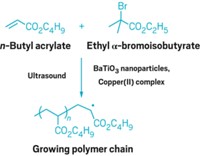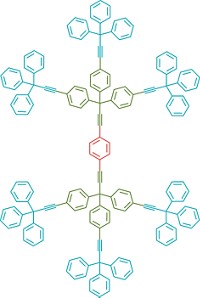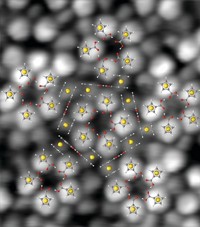Advertisement
Grab your lab coat. Let's get started
Welcome!
Welcome!
Create an account below to get 6 C&EN articles per month, receive newsletters and more - all free.
It seems this is your first time logging in online. Please enter the following information to continue.
As an ACS member you automatically get access to this site. All we need is few more details to create your reading experience.
Not you? Sign in with a different account.
Not you? Sign in with a different account.
ERROR 1
ERROR 1
ERROR 2
ERROR 2
ERROR 2
ERROR 2
ERROR 2
Password and Confirm password must match.
If you have an ACS member number, please enter it here so we can link this account to your membership. (optional)
ERROR 2
ACS values your privacy. By submitting your information, you are gaining access to C&EN and subscribing to our weekly newsletter. We use the information you provide to make your reading experience better, and we will never sell your data to third party members.
Synthesis
New Motions For Molecular Machinery
February 4, 2008
| A version of this story appeared in
Volume 86, Issue 5
Macromolecules that can undergo a range of motions when stimulated by light or heat have been touted as potential components of tiny machines in nanoscale devices. One such assembly, reported by Leonard R. MacGillivray and coworkers at the University of Iowa, is the first example of an organic solid in which the molecules can undergo three correlated motions, in this case functioning like a set of rack-and-pinion gears that convert linear motion to rotary motion (Proc. Natl. Acad. Sci. USA, DOI: 10.1073/pnas.0706117105). MacGillivray's group used its previously developed templating strategy to cocrystallize an alkyl phenol (4-hexylresorcinol) with a diene (trans-2,5-bis[4-ethenylpyridyl]thiophene). In this assembly, held together by hydrogen bonds, two diene molecules are sandwiched between two phenol molecules. Upon cooling, the terminal hexyl groups, serving as the rack, expand and contract. There is a subsequent 180?? rotation about one of the dienes' double bonds, which serves as a pinion gear. In combination with these motions, the assembly's aromatic rings tilt. The collective molecular motions are reversible upon heating.





Join the conversation
Contact the reporter
Submit a Letter to the Editor for publication
Engage with us on Twitter